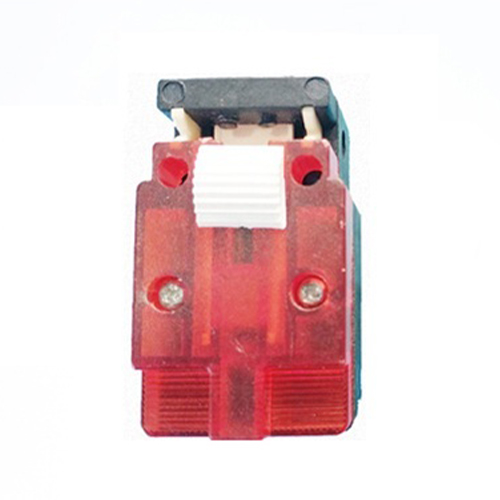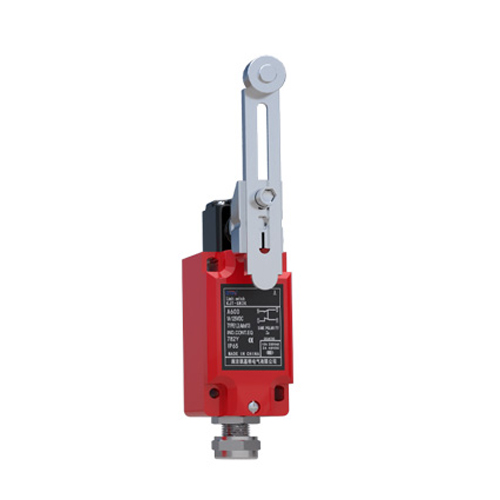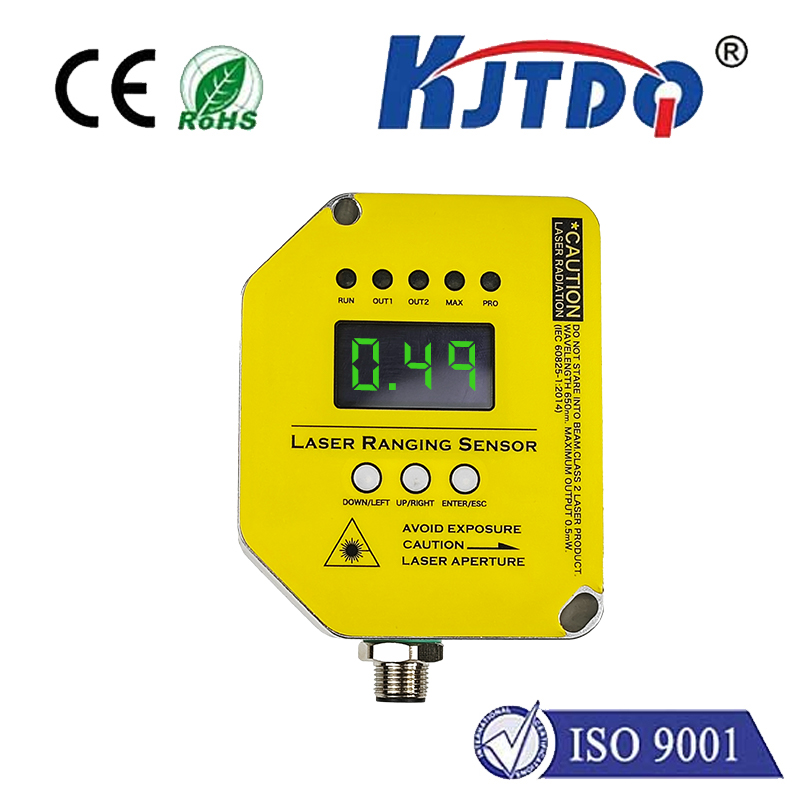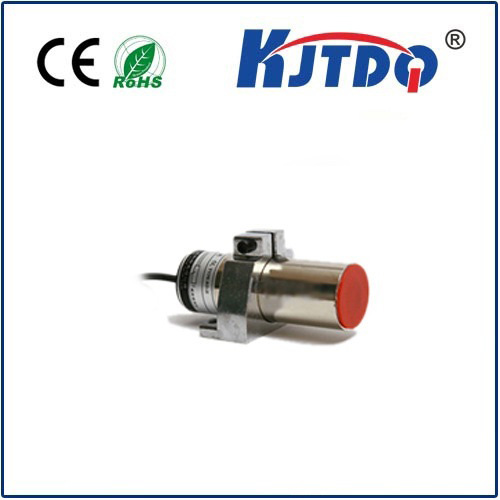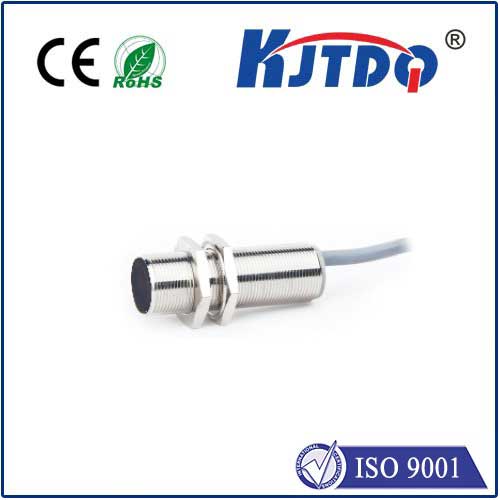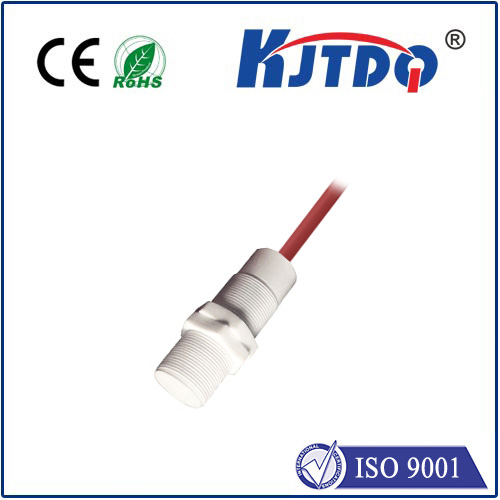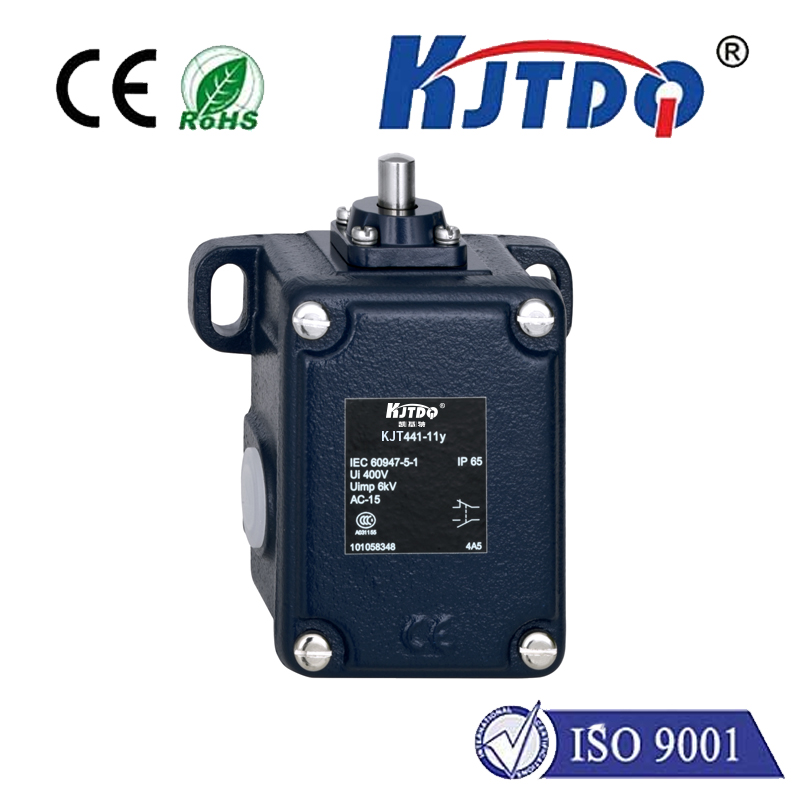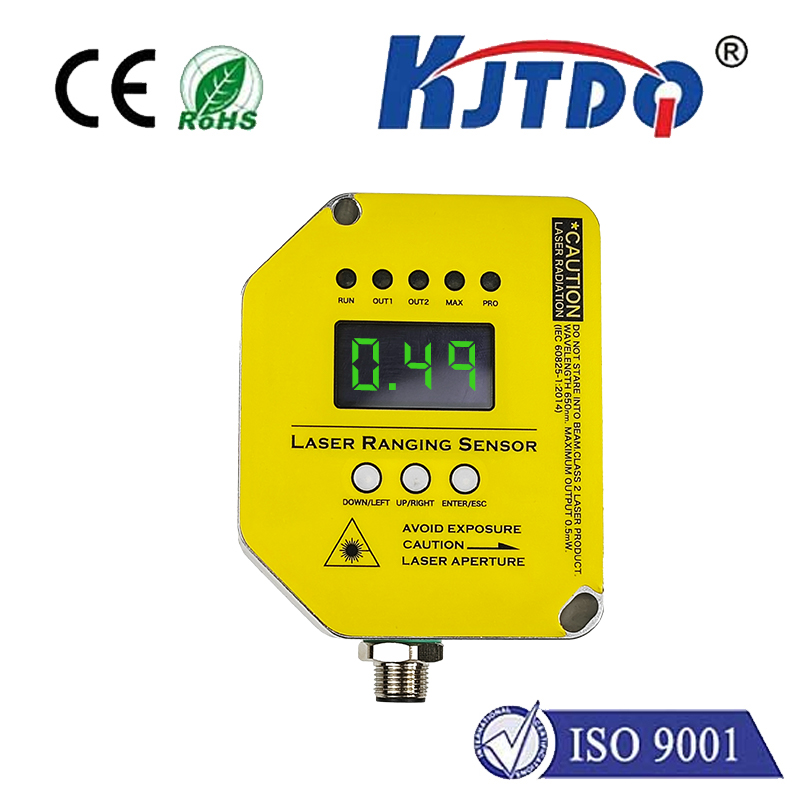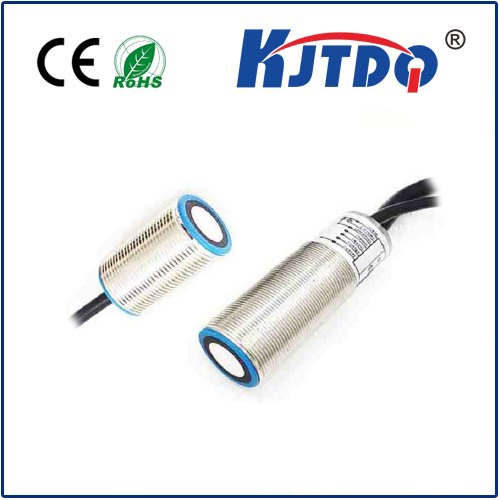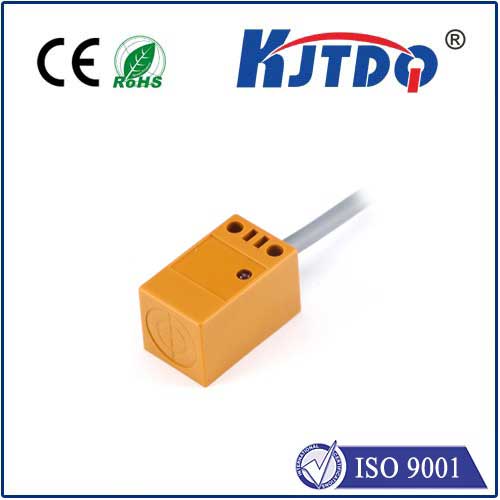

check

check

check

check

check

check

check

check

check

check
The Versatility and Importance of Inductive Switches In the realm of electronic devices, inductive switches hold a pivotal role. These ingenious components are instrumental in a wide array of applications due to their unique characteristics and reliability. This article delves into the significance of inductive switches, their functionality, and their indispensable place in modern technology.
Inductive switches, also known as induction switches or proximity switches, function by detecting the presence of a metallic object without any physical contact. They consist of an oscillator that generates an electromagnetic field. When a metal object comes close to the sensor, the field is disrupted, and this change is detected by the switching circuit, triggering an action.
The operation of an inductive switch hinges on electromagnetic induction. Within the switch, there’s a coil that when energized, creates a magnetic field. In the absence of a metallic object, the oscillation continues unperturbed. However, upon the nearness of a conductive material, the field lines become distorted, leading to a measurable change in the coil’s inductance. This variation is sensed by the circuitry, which then activates or deactivates a relay or sends a signal to another part of the system.
Inductive switches are ubiquitously deployed across various industries owing to their non-contact nature, durability, and high response speed. Here are some common applications:
In manufacturing plants, these switches manage conveyor belts, monitor levels of materials in hoppers, control the filling and emptying of containers, and ensure the correct positioning of mechanical parts. Their ruggedness and reliability make them ideal for the demanding conditions of industrial environments.
Modern vehicles use inductive switches for anti-lock braking systems, engine management, and transmission controls. They provide precise and quick responses that are critical for the safe operation of automotive systems.

In security systems, inductive switches can be found in access controls, intrusion alarms, and automatic doors. They offer touchless operation convenience while ensuring security and safety.
From washing machines to kitchen appliances, inductive switches contribute to the automation of household devices. They help in water level detection, lid position recognition, and more, enhancing both functionality and user experience.
The myriad benefits of inductive switches contribute to their widespread adoption:
Durability: The lack of moving parts reduces wear and tear, greatly extending the lifespan of the device.
Precision: Capable of accurate detection regardless of environmental conditions such as dirt, moisture, or ambient light.
Speed: Offers rapid response times, crucial for applications that require immediate action.
Versatility: Can be used with various types of metals and adapted for numerous sensing ranges and output configurations.
Despite their advantages, inductive switches come with certain challenges that need consideration during integration:
Metal Type Sensitivity: The performance of inductive switches can vary based on the type of metal being detected. Ferrous metals typically provide stronger reactions compared to non-ferrous ones.
Environmental Interferences: Other nearby metal objects or electromagnetic noise can interfere with the switch’s operation, potentially causing false readings.
Size and Cost: Depending on the application, the size and cost of the switch may pose limitations, particularly for small or budget-sensitive projects.
Inductive switches are a testament to the advancements in sensor technology that have seamlessly woven themselves into the fabric of our daily lives. With their ability to perform reliably in harsh environments, coupled with their versatility and ease of use, they have rightfully earned a central place among electronic components. As innovation continues to drive progress, we can expect further refinements in inductive switching technology, expanding their potential applications and cementing their importance in the technological landscape.
